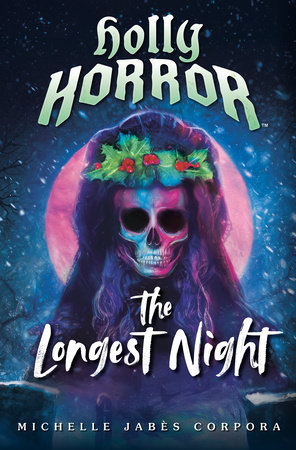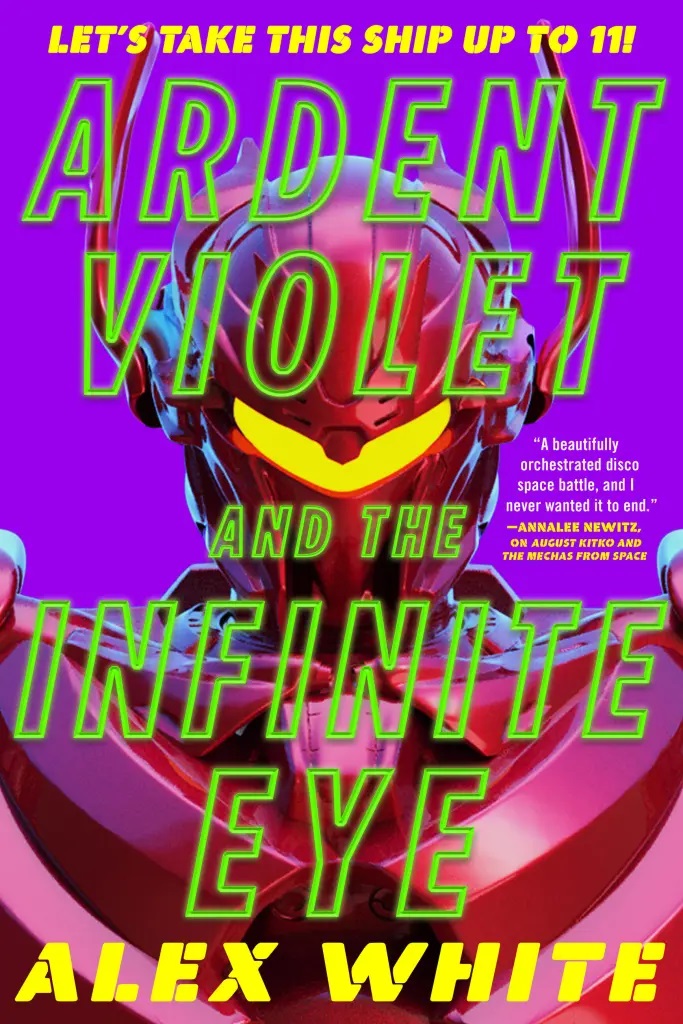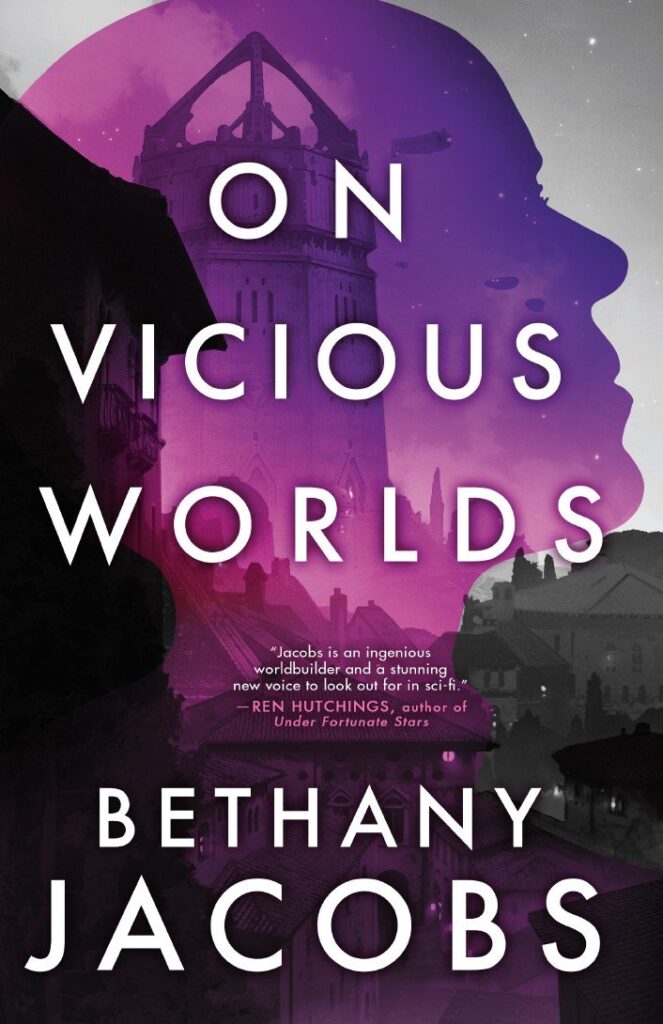Book Review – HOLLY HORROR: THE LONGEST NIGHT by Michelle Jabès Corpora

The first book is good, and I enjoyed it, but the sequel steps everything up in significant ways to outshine the first. And its setting around Christmas and a high school staging of Dickens’ A Christmas Carol makes this one work better for this time of year than Halloween, or the summer when both the books have been released.
Book Review: ARDENT VIOLET AND THE INFINITE EYE by Alex White

Ardent Violet and the Infinite Eye exceeds expectations from the first novel because White so effectively maintains the tight plotting (with nice twists) and pacing while expanding a lot of the world building and filling in a lot of uncertainties from August Kitko and the Mechas from Space, particularly concerning the nature of the rogue AI Infinite and its Vanguard creations.
Book Review: SHE’S A KILLER by Kirsten McDougall

“In She’s a Killer, Kirsten McDougall writes a near-future dystopia that does explore these layers of colonization and control, but the core of the novel rests on the personality/psychology of her protagonist and an overall satirical tone that balances the comedic and the disturbing.”
Book Review: USURPATION by Sue Burke

Unlike in Semiosis with the colonization of Pax and discovery of rainbow bamboo, humans on Earth are too familiar with their surroundings, too occupied with global turmoils, and too full of assumptions based on Terran life to give much deep thought to imports and immigrants from Pax such as the rainbow bamboo plant. The humans of Earth don’t realize the plant is sentient …
Book Review: ON VICIOUS WORLDS by Bethany Jacobs

On Vicious Worlds continues, and significantly expands those themes of the first novel [These Burning Stars], with the continued stories of its characters and the introduction of some fascinating new characters.
Into the Wardrobe: WAIT TILL HELEN COMES by Mary Downing Hahn

It’s a dark-fantasy/supernatural-horror middle grade novel that would’ve delighted young me with its spookiness and darkness, but also the strong central story and its emotional resonance.

